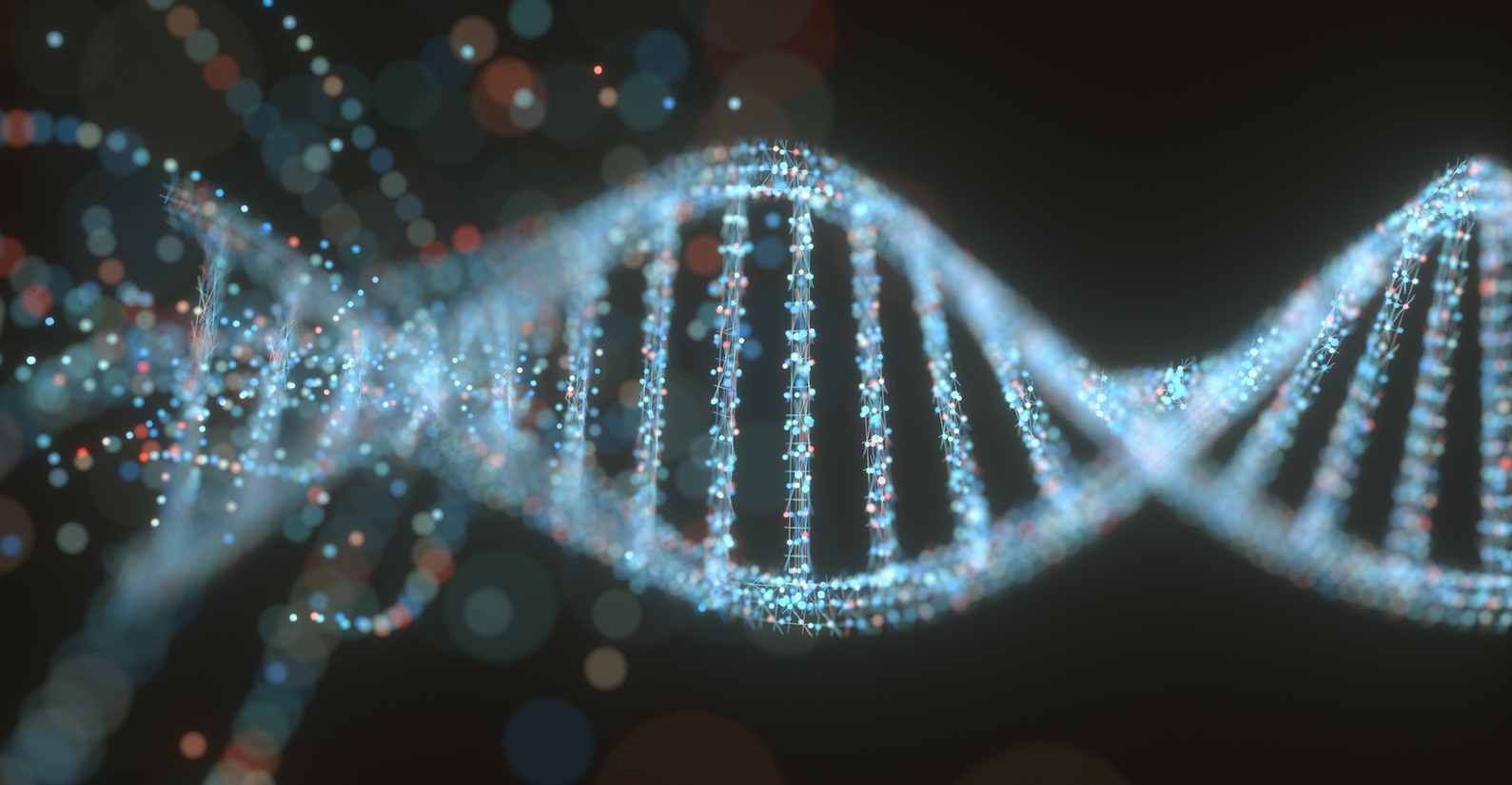A growing number of people are taking genetic ancestry tests (GAT), and companies like FamilyTreeDNA, AncestryDNA, and 23andMe now make up a multibillion-dollar industry dominating both popular and academic discourse. Literature on GAT largely attributes consumer participation to a desire for individuals to identify biological relatives, validate genealogical records, fill gaps in family histories, and learn about one’s health dispositions. Existing research, however, inadequately explains how these desires came to be.
While word-of-mouth marketing and network effects come to mind, one major mechanism neglected by scholars is the effect of mainstream media. Anecdotal evidence suggests that talk shows, documentaries, news articles, advertisements and trade books featuring GAT present a homogenous picture of the process—that it brings about life-changing, transformative, and largely positive experiences. In doing so, what narratives are being sidelined? What are the strategies deployed by content producers? How can we classify existing narratives and their symbolic, psychological and health effects?
By systematically examining a diverse pool of media content and forum reactions towards these media elements, this Matrix Prospecting Team hopes to bridge the gap between knowledge transmission and consumer participation. They will conclude by considering the implications for consumers, the GAT market, and policy governing this sector.
